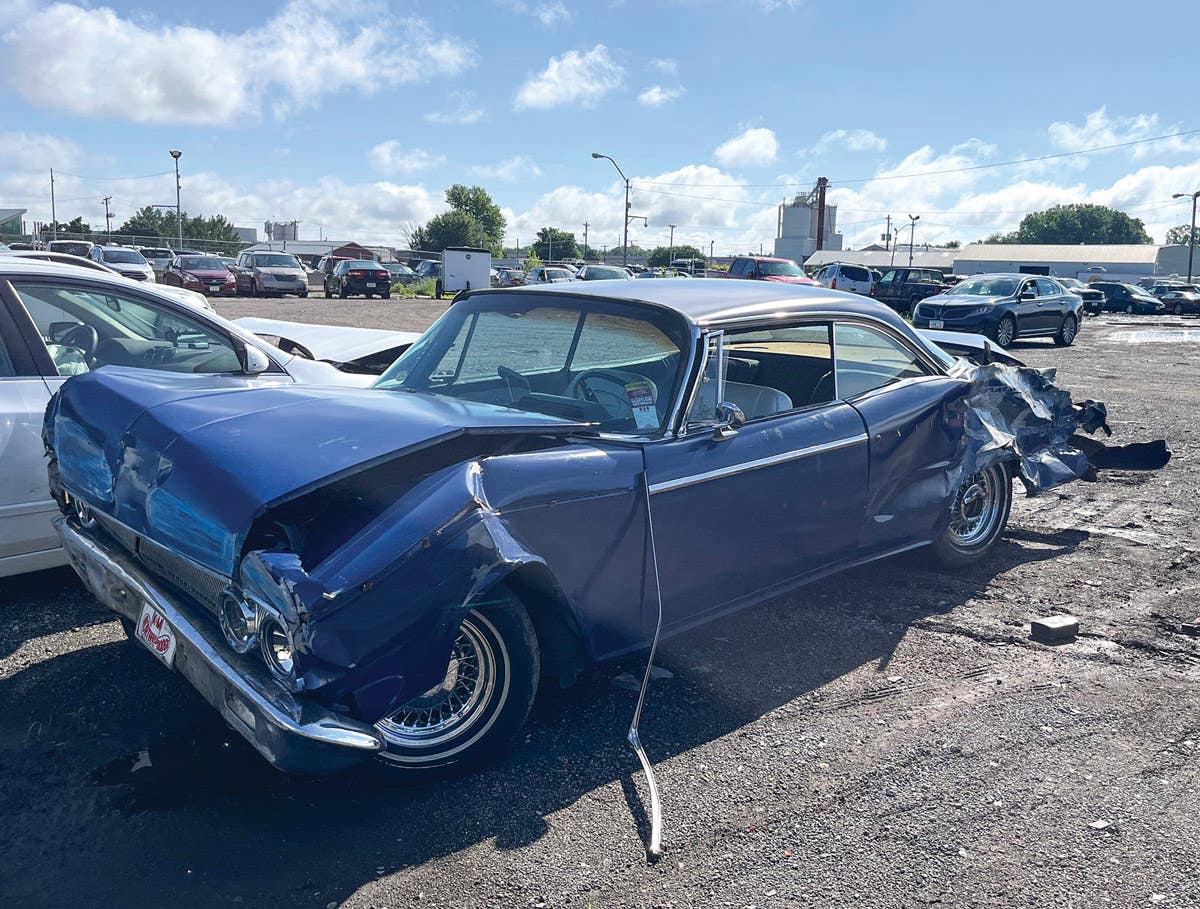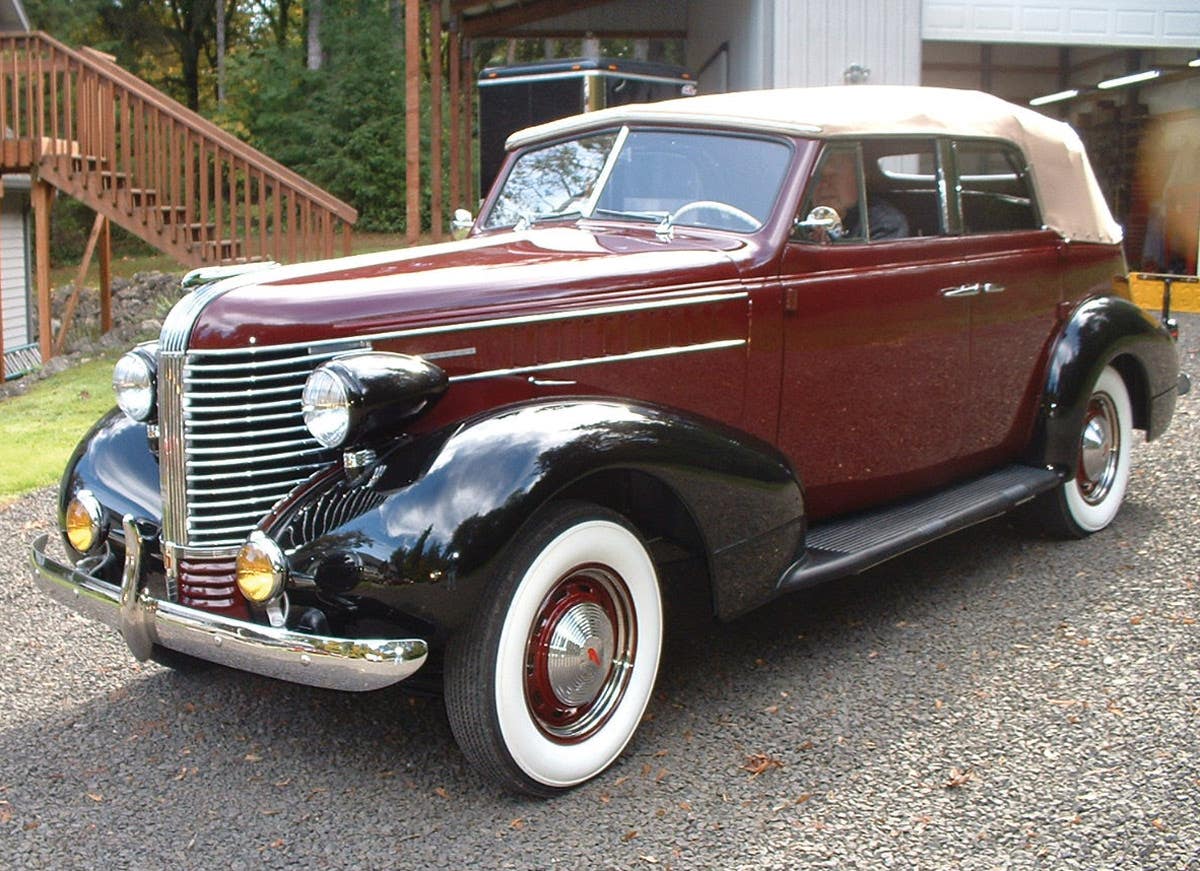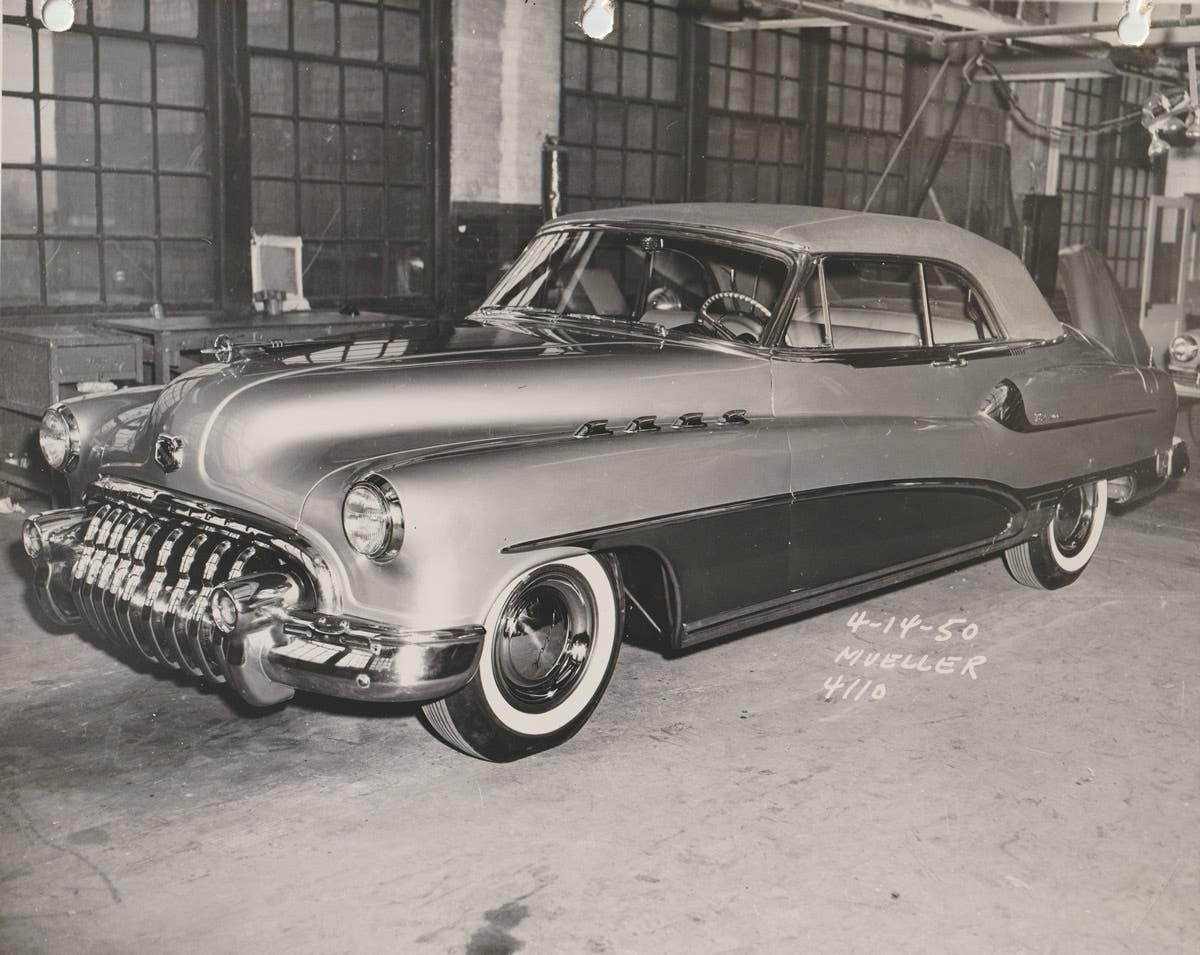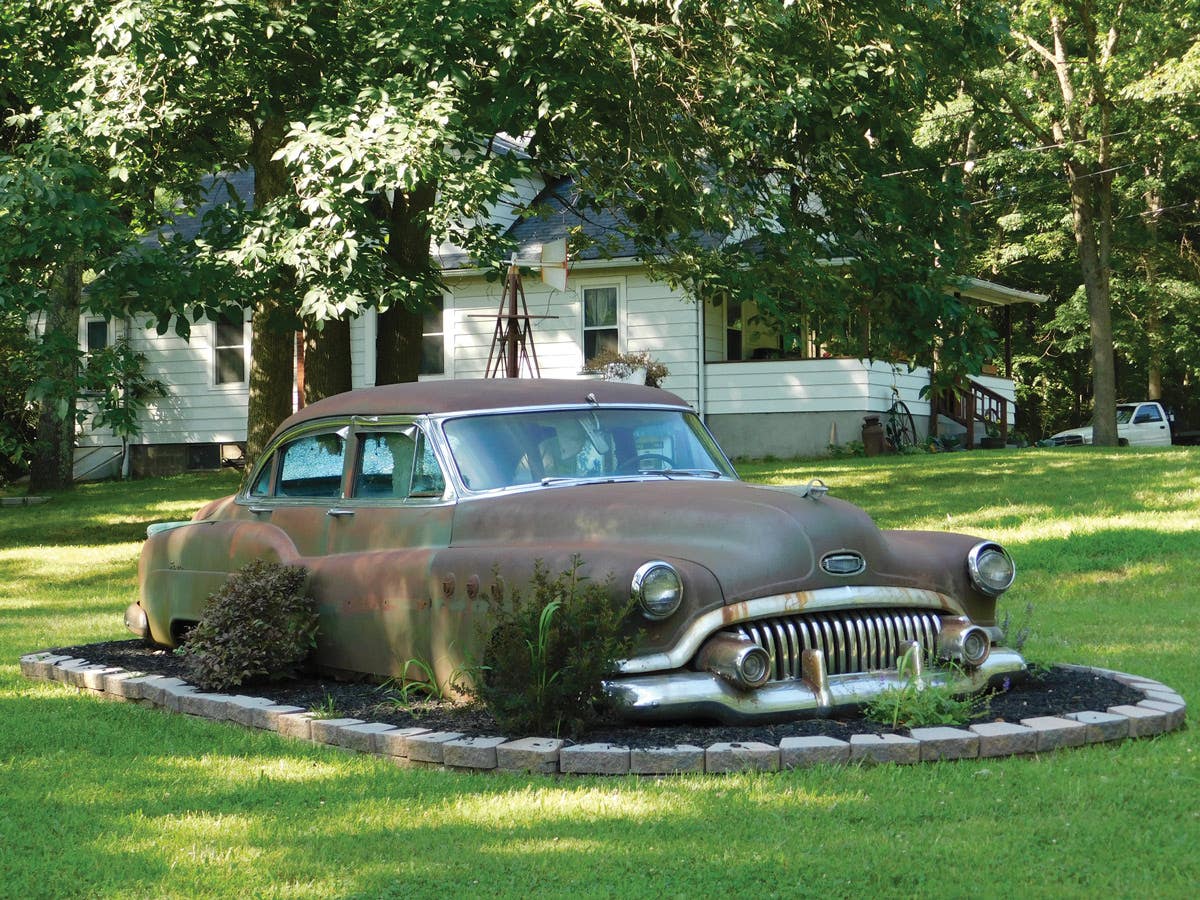Q&A with Kit Foster: August 30, 2012
Q. I’m looking for any information to identify this grille badge. It shows it was made for Chevrolet Motor Division, General Motors Sales Corp., by Gordon B. Miller, Cincinnati, Ohio….
Q. I’m looking for any information to identify this grille badge. It shows it was made for Chevrolet Motor Division, General Motors Sales Corp., by Gordon B. Miller, Cincinnati, Ohio. The inscription on the badge says “Order of Marching Chevroliers.” It is gold outside with a red center, a sword and a musketeer-style hat and glove. It is packaged in a blue suede-type box.
Bruno Fregonese, West Milford, N.J.
A. I don’t think it’s really a grille badge, but if it’s got mounting screws I guess it could be. I found plenty of references to these online, though not universal agreement on their origin. Some believe they were presented to employees during World War II, but it seems more likely they were sales awards in the 1939-’42 period. At least one appears to have sold for more than $300 on eBay.
-------------------------------------------------------------
Q. While reading a friend’s copy of the Sept. 30, 2010, Q&A, I noticed that a Mr. Oliver in New York was unable to remove an oily film from his front and rear glass. I would guess that at some point the front and rear glass had been replaced with some “inexpensive” units. Putting too much soda ash in the glass allows the glass to be worked longer and cooler (costs less for fuel, costs less for imperfect work). This results in an oily film that returns and returns, no matter how one cleans the glass. There’s nothing that can be done about it but replace the offending units, as the glass is permeated with the stuff. While this may be a bit late for Mr. Oliver, perhaps others may benefit from knowing this.
J. L. Hickman, Fairview Heights, Ill.
A. Some information is timeless. Thanks for passing along this cautionary advice.
Q. I have a Cord replica that has a Ford rear end and a Jeep axle up front. I’m installing a Mustang II front end. I need two wheels from a Ford for P-195/75/14 tires. The rear rims have a 3-1/4 inch backset, a 7-inch wide rim and the bolt pattern is 4-1/2 inches on 5. What year and model used this rim?
Ken Lowden, via e-mail.
A. I may be showing my age by saying that my interchange documents show nothing newer than 1963. In fact, my Hollander interchange manuals don’t seem to have backset dimensions. I expect some of our readers will have advice for you, though.
-------------------------------------------------------------
Q. In reference to the “SLO-STOP” tail lights (Q&A, July 5 and Aug. 9), I’m wondering if the blue SLO portion of the reader’s light assembly illuminates at the same time as the red (brake) light, and if the blue STOP portion of Mr. Foster’s light illuminates at the same time as his red (brake) light. Also, if this is the case in one or both lights, are there still separate wiring connections for each light (SLO & RED/STOP & RED) in one or both of these aftermarket assemblies, or does the back-lighting from the red section’s light bulb illuminate the second section(s)?
The reason I am asking is that I had an idea (back in the 1970s) for a multi-light indicator which would give other drivers a (possibly important) extra fraction of a second warning between the time when the foot was removed from the accelerator, and when the brake pedal was depressed, illuminating the standard brake lights. I was going to patent this system, but could not afford to do so. As is often the case, good ideas have sometimes been around for a long time, but not adopted as standards, for cost, design, or other reasons.
Fred Watson, Flat Rock, Mich.
A. My blue brake light does not operate quite the way you surmise. It is the only brake light on the car, and is activated by a single mechanical switch on the brake linkage (the car has two-wheel mechanical brakes). The red light has a single filament, and acts as tail light only. I suspect Mr. Lefeber’s light on his Detroit Electric originally operated the same way (he mentions that it has been modified for manual operation). Your idea for a light that indicates a car is decelerating has merit, but I’m quite sure it’s been done before. I seem to remember an accessory that resembled a small traffic light, with red, yellow and green lenses. It was to be displayed in the rear window, with the red light wired to the car’s brake lights and the yellow and green to a vacuum-operated switch connected to the intake manifold. High vacuum (closed throttle on deceleration) would activate the yellow light, and low vacuum (wide or partially-open throttle) would show green. As I recall, you could buy them in accessory stores such as Western Auto, or order from the legendary J.C. Whitney. Whether the device was patented, I don’t know
To submit questions to this column: E-mail angelo.vanbogart@fwmedia.com or mail to: Q&A, c/o Angelo Van Bogart, 700 E. State St., Iola, WI 54990-0001.
Got Old Cars?
If you don't subscribe to Old Cars Weekly magazine, you're missing out on the only weekly magazine in the car hobby. And we'll deliver 54 issues a year right to your mailbox every week for less than the price of a oil change! Click here to see what you're missing with Old Cars Weekly!
More Resources for Car Collectors:
- Classic car price guides, research, books, back issues of Old Cars Weekly & more
- Get expert restoration advice for your classic car
- Get car pricing, data and history all in one place
- Sign up for Old Cars Weekly's FREE email newsletter
- Need to buy or sell your classic car? Looking for parts or memorabilia? Search our huge online classified marketplace







